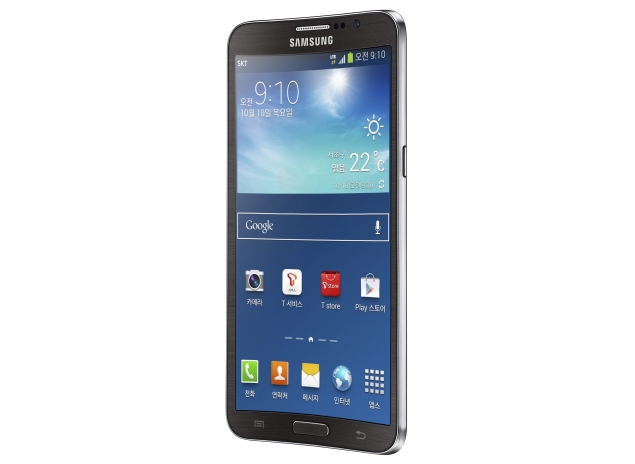Google Reader
In March 2013, Google announced that it was killing off Google Reader, the most popular RSS reader and sync service in the world.
Although Google cited "lack of general interest" in keeping Google Reader around, the death of the product opened up a market of sorts for Google Reader alternatives.
HTC First (a.k.a. the Facebook Phone)
In April 2013, Facebook decided to expand its efforts in mobile with its new Android app launcher, Facebook Home. Although Facebook Home works on other Android devices, it debuted alongside the HTC First, a mid-level smartphone aimed at the average smartphone users.
Unfortunately for Facebook, both Facebook Home and the HTC First landed with a resounding thud. Although Facebook Home still exists, HTC axed the HTC First just months after its release, giving it the shortest smartphone life cycle since the failed Microsoft Kin.
Apple iPhone 5
In September 2013, Apple released not one but TWO new iPhone devices: The iPhone 5S and the iPhone 5C.
Aside from its colorful casing, the iPhone 5C is essentially an iPhone 5 with a better front-facing camera. As a result, Apple removed the iPhone 5 from its lineup. Interestingly, the iPhone 4S is still around.
Winamp
Before iTunes, there was Winamp, the original modern digital music player app. For those of us in the Napster generation, Winamp was our first computer jukebox, thanks to its ability to play back CDs, MP3 files and the ability to customize its interface with skins.
AltaVista
In July 2013, Yahoo officially shut down AltaVista.com.
A classic web portal/search engine from the glory days of web 1.0, AltaVista was purchased by Yahoo in 2003.
The fact that Yahoo kept the site around for a decade after launch says a lot about how Yahoo was run over the last 10 years. Danny Sullivan wrote a great eulogyfor AltaVista, sharing the history of the once-great service.
Blockbuster Video
O.K., so maybe Blockbuster Video isn't a "traditional" gadget or tech service, but it's one indelibly attached to the psyches of Mashable readers (and employees) everywhere.
Dish, the company that now owns Blockbuster, announced that it was shuttering the remaining 300 Blockbuster stores by Jan. 2014 and shutting down the DVD-by-mail service.
MySpace Classic
In June 2013, MySpace unveiled its flashy relaunch. The new MySpace has a big focus on music (and Justin Timberlake) and looks almost nothing like the social network most of us actively used in the mid-2000s.
Lavabit and Silent Circle
When Edward Snowden needed to use encrypted email to communicate with Glen Greenwald and others, he allegedly used the encrypted and secure email service Lavabit.
Turntable.fm
In the summer of 2011, Turntable.fm launched as a way for users to share music with one another by taking turns at virtual turntables and spinning tracks for a virtual audience.































